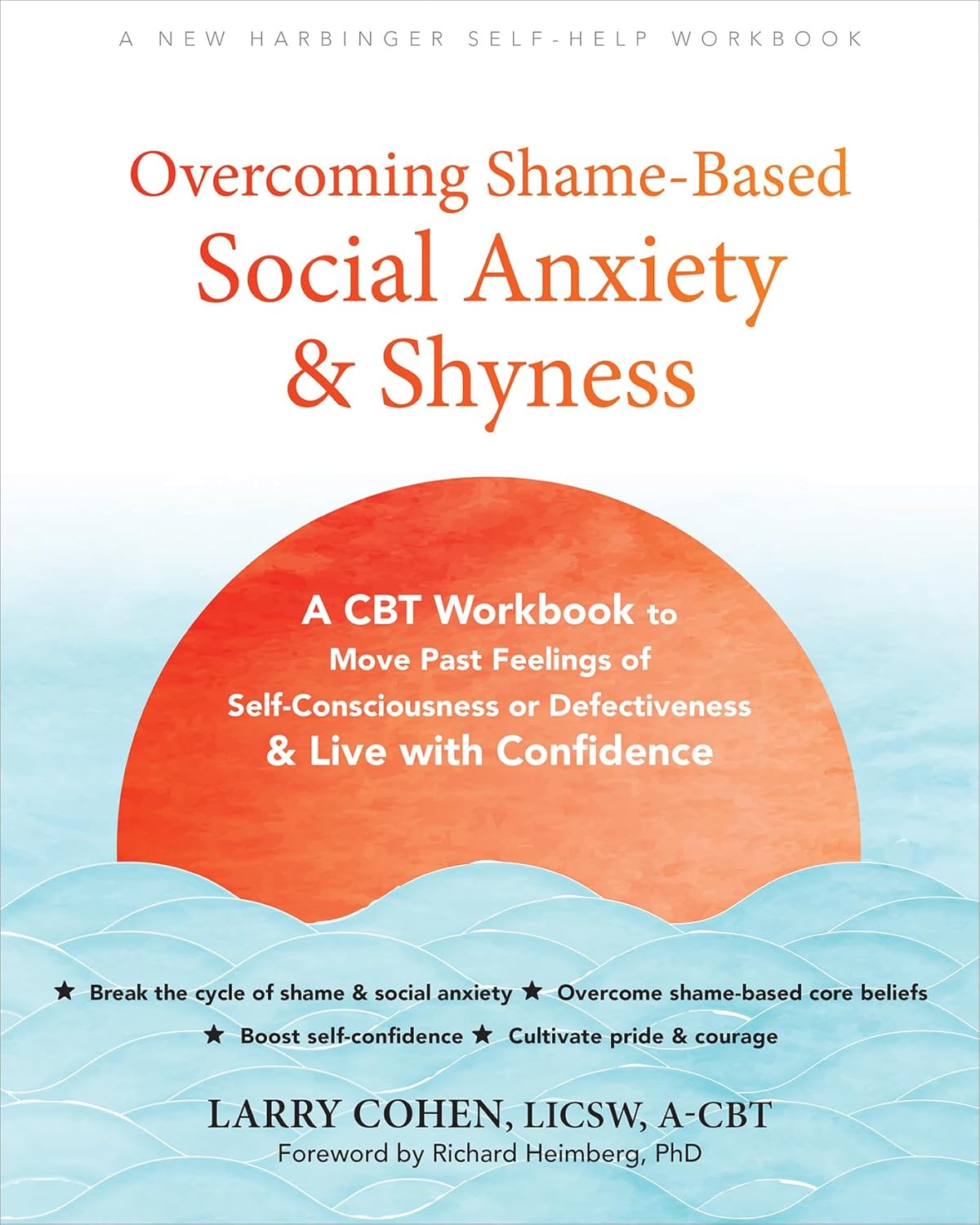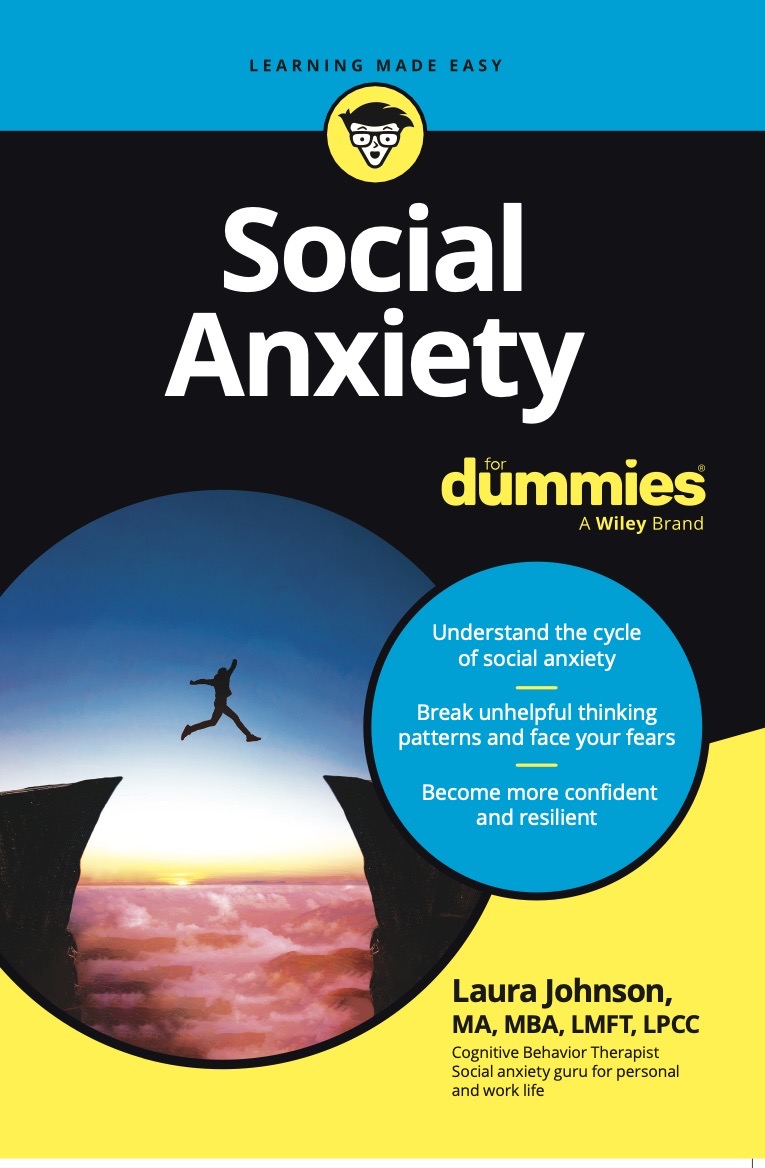Have you ever wondered what truly makes people feel connected? Many assume it’s about being a great listener or having an outgoing, bubbly personality. While these qualities can help, the real foundation of meaningful connection—the social cement—is something deeper: emotions, and more specifically, the sharing of emotional experiences.
Emotions Are the Bridge between Us
Emotions are what allow us to step into each other’s shoes. Think about it: knowing someone works a 9-to-5 job or drives a red car doesn’t automatically create empathy. But learning that they feel anxious about their demanding boss or frustrated because their car broke down? That opens a window into their inner world.
Even facts can carry emotional weight when they hint at a larger story. Phrases like, “I just got fired” or “I’m getting married next month!” are charged with feelings, and it’s those emotions that create a bridge for connection.
The secret to building genuine connections lies in emotional exchange: a give-and-take where both people share, reflect, and respond with authenticity.
Embrace the Discomfort
Emotional conversations can sometimes feel uncomfortable, especially if they touch on vulnerable or unfamiliar topics. If you feel a moment of tension, that’s okay—it often means you’re stepping into a space of genuine connection. Take a breath, stay present, and remind yourself that the goal isn’t to say the ‘perfect’ thing, but to show up authentically.
How to Build Connection through Emotional Sharing

1. Ask Emotionally Relevant Questions
Move beyond surface-level small talk by inviting emotional depth into the conversation.
- “What are you most worried about right now?”
- “What are you hoping for in the new year?”
These questions invite people to share emotionally relevant experiences, preventing boredom and disengagement. Hearing their responses can also help you identify with their internal experience and feel empathy for them.
2. Share Your Own Emotional Experiences
Vulnerability invites vulnerability. When you share an emotional moment, it creates space for others to step into your world and connect.
- “My supervisor gave me negative feedback after canceling our last two meetings. It felt so frustrating—not being heard and then being criticized.”
- “I’ve always felt a bit awkward in big groups, like everyone else is clicking and I’m on the outside looking in.”
When you share your story, you’re not just relaying facts—you’re opening a door for someone else to connect to your emotional experiences, step into your shoes, and maybe even say, “I get that. Me too.” When sharing, recognize the context and emotional capacity of your conversation partner. Not every moment is the right one for deep vulnerability. For example, your new colleague might not want to hear about your childhood trauma on their first day of work.
3. Reflect Back What You Hear
When someone shares something personal, show them you’re listening by reflecting their experience back to them.
- “It sounds like you felt let down by him.”
- “It seems like being in large groups makes you feel disconnected.”
Reflecting what you hear helps people feel accepted and understood, creating a sense of safety. It also encourages them to share more about what they were saying and sometimes clarify nuances to fine tune the emotional connection between you.
4. Validate Their Experience
Validation can be as simple as acknowledging someone’s feelings or offering a shared reaction when it feels authentic:
- “That really does sound unfair—I’d feel upset too.”
- “I totally get that. Big groups make me anxious as well.”
Another form of validation are genuine compliments or recognizing someone’s efforts or strengths.
- Well, it looks like you handled this situation really well despite the anxiety
- I would have never guessed that you feel anxious in groups, you seem very eloquent.
You can also validate the other person by being fully present, paying attention, and showing genuine interest in their story. Sometimes, connection happens without words. A warm smile, nodding along as someone shares, or maintaining eye contact can all signal that you’re emotionally present. Non-verbal validation is a powerful way to say, “I hear you, and I’m here with you.”
In Group Settings: Finding Your Social Flow

Group conversations can feel trickier, but the same emotional principles apply, and in addition, you can use additional strategies below to create connection.
- Build on others’ contributions to highlight connection: “I agree with Sara…” or “I had a similar experience to Robert…”
- Find shared topics: Weather, holidays, or something happening in your shared environment are easy entry points.
- Make yourself visible with simple comments: Sometimes, it’s as simple as saying, “I’m going to grab a drink. Anyone want one?”
- Give yourself permission to step back: Not every moment requires you to perform socially. It’s okay to sit back, listen, and chime in when you feel comfortable. In fact, it often allows you to feel more connected to other people’s stories when you’re not focusing on what you should say next or how you should say it (often referred to as “safety behaviors,” which will actually increase social anxiety in the long term).
It’s quite common to feel anxious about making connections in group settings. If the anxiety is too overwhelming, consider reaching out to a therapist trained in cognitive-behavioral therapy (CBT) who can help you individualize strategies that would work best for you personally.
Connection Doesn’t Have to Be Complicated
At its core, meaningful connection comes down to this: sharing and responding to emotions with authenticity. It’s not about having the perfect words or being the life of the party. It’s about showing up as yourself, being curious about others, and creating space for shared emotional experiences.
So next time you’re in a conversation, ask a question that dives a little deeper, share a piece of your own story, or simply reflect an emotion you captured. Because in the end, emotions are the glue that hold us together: the true social cement of human connection.











